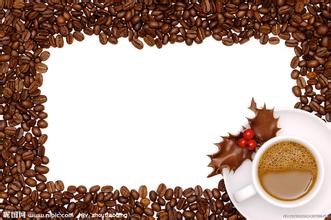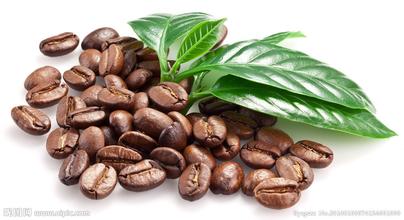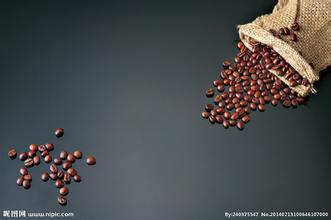Coffee beans picked way Panama coffee flavor
1) one is picking in pieces, that is, taking a walk in the garden and picking all the beans.
2) the other is selective picking, that is, walking through the trees several times and picking only the ripe red berries at intervals of 10 days. Selective picking is more expensive and labor-intensive than picking in pieces, and is generally used only for Arabica coffee beans, especially those that need to be washed.
The number of coffee beans picked depends on a variety of factors, the most obvious being the height of the trees and the layout of the farm or plantation. The average farm can pick an average of 50 kilograms per picker a day. But only 20% of these weights are real coffee beans, so the average picker can only pick 10Mel 20 kilograms of coffee beans. The coffee beans are packed in a bag with a standard weight of 45ml and 60kg. As a result, it takes a worker six days to fill a bag.
It has been calculated that the cost of harvesting a plantation or farm is half of the total cost of the year. In Brazil, people have tried many times to reduce these costs by mechanical picking. The machine can shake branches across the coffee tree so that the berries that become loose because they are ripe will fall into the funnel. Mechanical pickers only work in areas with better natural conditions, and they need to be adjusted in advance, because they can only be used where the trees can be planted in rows straight, and afterwards need to check the coffee beans picked by the machine. pick out the leaves and branches that have fallen in the funnel.
Therefore, a large part of the coffee is picked by hand, which requires a lot of seasonal work, and pickers should be careful not to pick coffee beans that are not ripe, bad or too ripe, as they will affect the overall quality of the coffee harvested. Coffee beans that are not so good are classified as "ordinary", "sour" or "fermented", and the last one is very bad.

Important Notice :
前街咖啡 FrontStreet Coffee has moved to new addredd:
FrontStreet Coffee Address: 315,Donghua East Road,GuangZhou
Tel:020 38364473
- Prev

The sun method of raw coffee beans introduces the ratio of coffee powder to water.
Tanning is a traditional method for the initial processing of coffee beans, and at present, almost all coffee-growing countries such as Ethiopia and Yemen still use solarization to treat raw beans. Sun treatment will first identify sunken beans in the sink, that is, ripe or half-ripe beans are spread in the drying farm for natural drying. The specific time depends on the local climatic conditions, which usually takes two to four weeks.
- Next

Study on roasting degree of Coffee beans
A series of chemical changes occur during the baking process. After about 5-25 minutes of baking (depending on the temperature selected), the green coffee beans lose some humidity and turn yellow. In this process, the coffee beans will swell, changing from a strong, high-density raw bean to a low-density fluffy state. After this process, the size of the coffee beans will about double, starting
Related
- Does Rose Summer choose Blue, Green or Red? Detailed explanation of Rose Summer Coffee plots and Classification in Panamanian Jade Manor
- What is the difference between the origin, producing area, processing plant, cooperative and manor of coffee beans?
- How fine does the espresso powder fit? how to grind the espresso?
- Sca coffee roasting degree color card coffee roasting degree 8 roasting color values what do you mean?
- The practice of lattes: how to make lattes at home
- Introduction to Indonesian Fine Coffee beans-- Java Coffee producing area of Indonesian Arabica Coffee
- How much will the flavor of light and medium roasted rose summer be expressed? What baking level is rose summer suitable for?
- Introduction to the characteristics of washing, sun-drying or wet-planing coffee commonly used in Mantenin, Indonesia
- Price characteristics of Arabica Coffee Bean Starbucks introduction to Manning Coffee Bean Taste producing area Variety Manor
- What is the authentic Yega flavor? What are the flavor characteristics of the really excellent Yejasuffi coffee beans?

